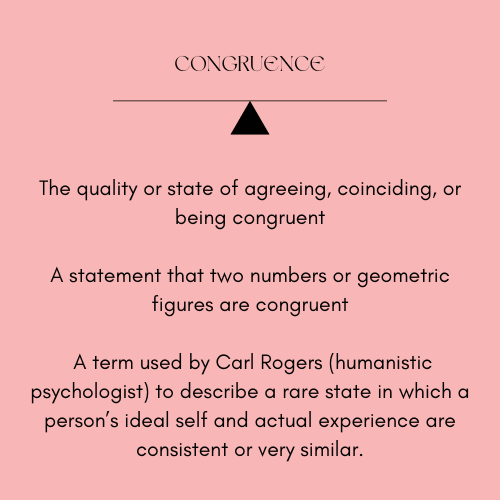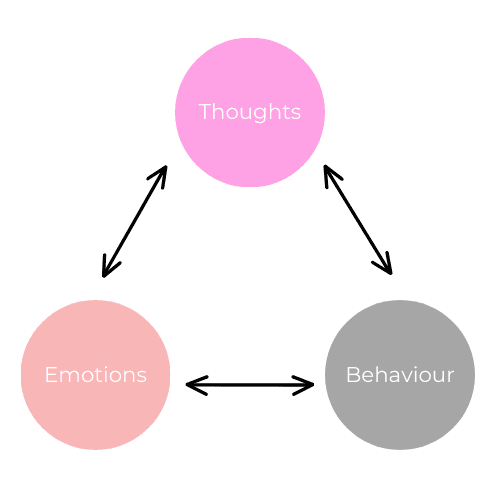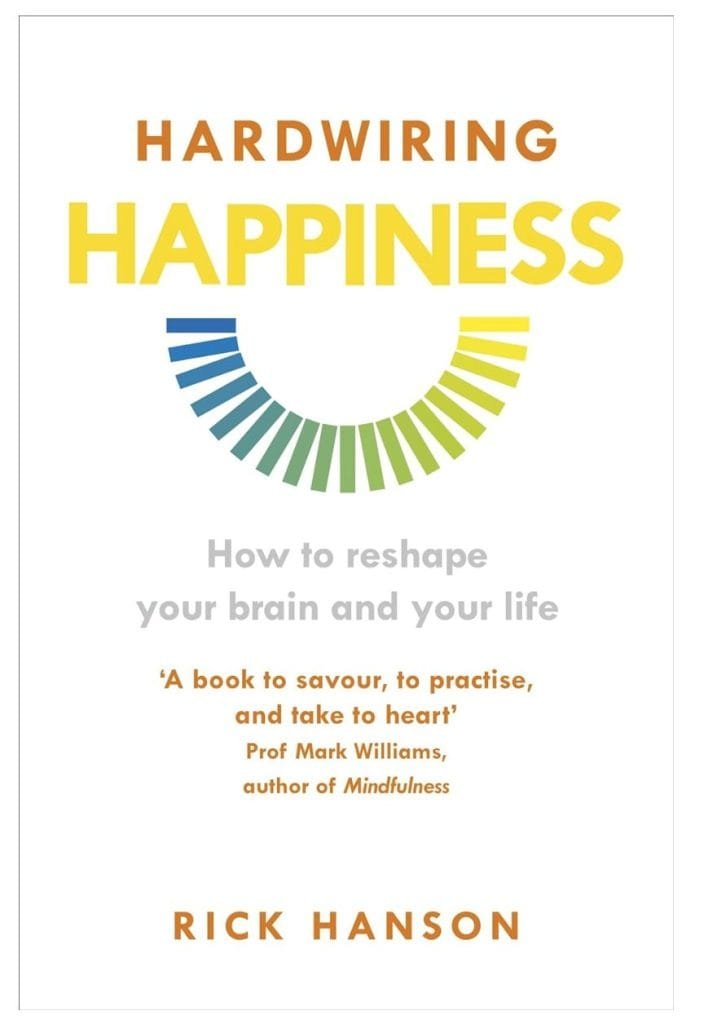Achieving Emotional Equilibrium: Tips and Tools for Mental Wellbeing
Emotional equilibrium or balance is when you can observe and accept your emotions.
Since birth and throughout our childhood, schooling and development in to adulthood, can seriously affect our core self.
The way we feel about an experience is also called Congruence.

We try and do this without judging, feeling the need to suppress them, or being overwhelmed by them.
Instead we can use our emotions to heal, learn, and achieve growth.
Our thoughts may be crowded with news and the things going on around us.
How we think is vitally important. Our minds can be filled with worries and ‘to do’ lists.
We may have ingrained negative core beliefs that are not true including strong feelings of unworthiness.
It takes effort to clear our minds and re-fill them with more positive thoughts. But that effort is worth it if we want to create a flourishing life.
Who am I?
I am Sarah Barker, a Registered Nurse in Mental Health and have had my own emotional challenges over many years.
Through helping others and my own healing journey I have utilised and designed tools to help with everyday stresses and emotions.
Why learn about Emotional Equilibrium?
Emotional Equilibrium is about getting the balance of pleasant and unpleasant feelings right, at least most of the time, so that we can have positive wellbeing.
Positive and negative emotions don’t just happen to us they are the way we think.
We can’t just magic up positive emotions – for example, we can’t just decide to be happy. However, we can decide to think about the good things in our life to help us feel happier by asking ourselves questions like, “What’s going well in my life today?”
How we think affects what we do. Our behaviour is affected by our thoughts and emotions.
In addition, the way we behave, and the outcomes of our behaviour, affects how we think and feel.
There is therefore an ongoing relationship between our thoughts, feelings and behaviour.

How do we find emotional balance in our lives?
How do we maintain a healthy balance of positive and negative emotions?
Research suggests that negative emotions have a stronger effect on how we feel overall than positive emotions.
In ‘Hardwiring Happiness’, Rick Hanson, Neuro-psychologist, explains how positive emotions are like Teflon (they slide off easily) and negative emotions are like Velcro (they tend to stick fast!).
This is because of our evolution, we survive by being able to be alert to dangers – our brains are hardwired in this way and we can’t change this.
What we can do, however, is to carry out simple daily habits which help us to focus more on our positive emotions, encouraging them to stick a bit more. This in turn will help to make us healthier and more successful, which will then lead to more positive emotions, and so on.
We can help to take back control of our emotions by changing the way we think. We can decide how we are going to respond when bad things happen to us. Additionally we can use Spirituality and learn self help practices to think positively about our lives and our bodies to help encourage positive emotion.
We can also argue with our negative thoughts by examining facts about situations. Thinking things like “I’ll never get this work finished – I’m just hopeless at this” will make you feel low and bad, but is not actually true. This is Emotional Intelligence.
We can help push negative thoughts out of our mind, by doing something to try and take our mind off them for a while.. A cup of tea or contact with a friend can also give us a little boost of positive emotion which opens our minds to possible solutions to our problems.
Also, solutions to our problems often come to us when we’re not thinking too hard about it.
I hope you enjoy these articles and look forward to sharing tip, tricks and tools with you and visiting local schools and organisations to help spread some Emotional Equilibrium.


